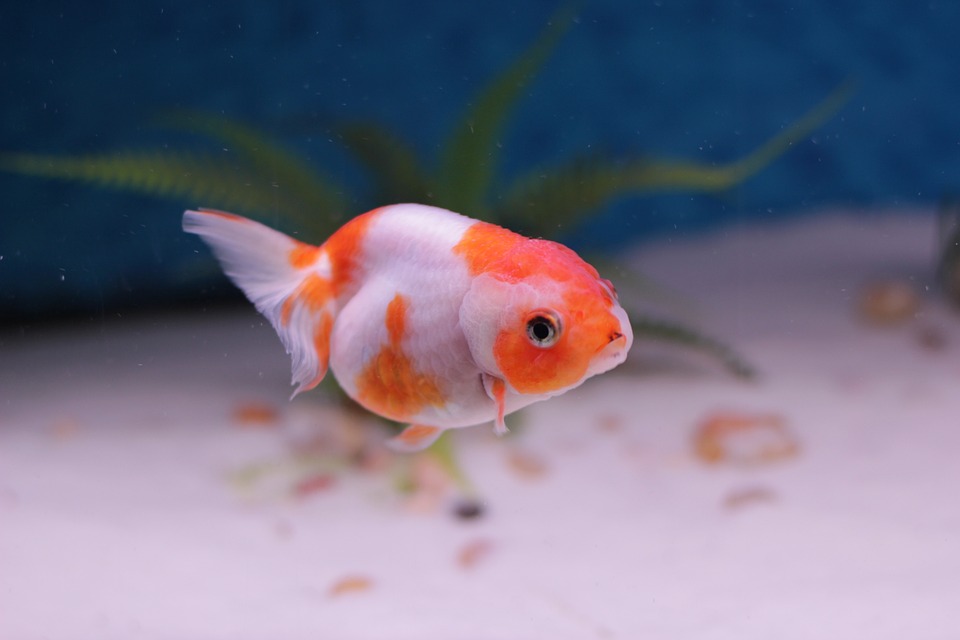Fish are fascinating creatures that inhabit diverse ecosystems across the globe. However, just like any other living organism, they can experience behavioral disorders that impact their overall well-being. In this article, we will delve into the causes and symptoms of fish behavioral disorders, shedding light on this important aspect of fish health.
Causes of Fish Behavioral Disorders
1. Environmental Factors:
Fish are highly sensitive to changes in their environment. Poor water quality, inadequate oxygen levels, inappropriate temperature, and overcrowding can all contribute to the development of behavioral disorders in fish. These factors can cause stress and disrupt their natural behaviors, leading to abnormal actions and interactions.
2. Social Interactions:
Fish are social creatures that thrive in communities. However, when introduced to incompatible tank mates or exposed to aggression from other fish, they may exhibit abnormal behaviors. Chronic bullying or isolation can trigger stress and anxiety, resulting in behavioral disorders.
3. Nutritional Deficiencies:
A well-balanced diet is crucial for the overall health of fish. Inadequate or imbalanced nutrition can lead to various physiological and neurological issues, which can manifest as abnormal behavior. For instance, a deficiency in essential fatty acids can impair brain function and affect a fish’s behavior.
4. Disease and Parasites:
Certain diseases and parasites can cause behavioral changes in fish. Infections, such as Ichthyophthirius multifiliis (commonly known as Ich), can cause fish to scratch against surfaces or exhibit erratic swimming behavior. These abnormal actions may be an indication of an underlying health issue.
Symptoms of Fish Behavioral Disorders
1. Aggression:
Unusual aggression towards tank mates, including chasing, biting, and fin-nipping, can be a sign of a behavioral disorder. This behavior is often observed when fish are stressed, injured, or when their social hierarchy is disrupted.
2. Lethargy:
If a fish appears unusually inactive or spends excessive time hiding, it may indicate a behavioral issue. Lethargic fish may also show a lack of appetite or reduced interest in their surroundings.
3. Repetitive Behaviors:
Some fish may exhibit repetitive behaviors, such as continuously swimming in circles or rubbing against tank surfaces. These actions can be a response to stress or discomfort and may require attention to identify the underlying cause.
4. Erratic Swimming Patterns:
Fish with behavioral disorders may display erratic swimming patterns, such as darting around the tank or swimming upside down. These irregular movements could be a result of physical or neurological issues.
FAQs about Fish Behavioral Disorders
Q: Can fish behavioral disorders be cured?
A: With proper identification of the underlying cause, many fish behavioral disorders can be improved or cured. Addressing the root cause, such as improving water quality or adjusting tank mates, can help alleviate stress and restore normal behavior.
Q: How can I prevent fish behavioral disorders?
A: Maintaining a suitable environment for your fish is crucial. Regularly monitor water parameters, provide appropriate tank size and furnishings, and ensure a balanced diet. Additionally, carefully introducing compatible tank mates and monitoring their interactions can help prevent behavioral issues.
Q: Are fish behavioral disorders contagious?
A: Fish behavioral disorders themselves are not contagious. However, some diseases or parasites that cause behavioral changes can be transmitted to other fish. Quarantining new additions to your tank and maintaining good hygiene practices can help prevent the spread of diseases.
Understanding fish behavioral disorders is essential for ensuring the well-being of these captivating creatures. By recognizing the causes and symptoms, fish enthusiasts can take appropriate measures to address these issues and promote a thriving aquatic environment.









